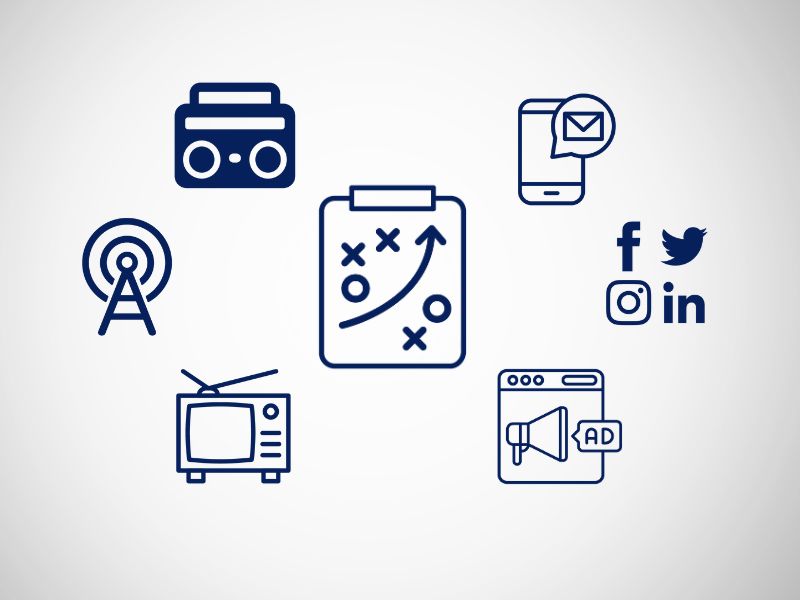
OTT is Not TV

The television landscape has changed dramatically over the past few years. New terms are being used to describe the many ways we consume video these days. Streaming, Binge-Watching, On-Demand, Connected TV and OTT to name just a few. While the options are liberating, they can also be very confusing. You may be wondering, “What’s the difference?” and “Why does it matter?” Well it’s my job to know, so I’ll shed a little light on the subject.
What is OTT?
OTT stands for “Over-the-Top” and refers to the delivery of video content to a user over the Internet. In a time of mobile phones, smart TVs and gaming consoles, OTT allows users to watch content on any device that is connected to the Internet. It gives the consumer the ability to watch TV and video content anywhere and anytime they want.
Think about your home. The ability to mount TVs on a wall and not have a mess of cords dangling over the mantle has been life changing. Smart TVs are the household device we never knew we needed. Want to watch TV in your kitchen? Simply take an iPad or other portable device connected to the Internet and you’re all set. No plugs, no cables, no couch required.
How did we get here?
The inception of Netflix in 2007 forever changed the way we view content. Netflix gave us the ability to watch hours of on demand content aggregated in one app, whenever we chose. Then on February 1, 2013 the first full season of House of Cards was launched and binge-watching became a thing. Viewers were elated to spend up to 13 hours watching a series from start to finish in one sitting.
The rise and popularity of streaming has opened the door for content aggregators of all kinds. Content ranges from user-generated videos to premium television content streamed over the internet rather than needing to watch over a traditional cable / satellite box or antenna. The content ranges from ad supported (like ESPN+, Hulu, Peacock & Paramount+) to non-ad supported (i.e. Amazon Prime, etc).
Where are we going?
Streaming has opened the door for vMVPDs (Virtual Multi Channel Program Distributors) – think DirecTV Now, Watch ATT and Sling. These vMVPDs give consumers the ability to pay for premium video content without needing a traditional cable box or antenna. These vMVPDs are accessed through connected Smart TVs or internet enabled services such as Roku, Amazon Fire, Google Chromecast to name a few.
How do brands benefit?
OTT gives marketers the ability to speak to their clients in a 1:1 setting. Unlike traditional television advertising where ads are purchased via spots that air at a specific time and place, OTT ads run when the viewer decides to watch the content, regardless of time or device.
The first step to executing an OTT campaign is to decide whom you want to reach. Next, what content do they watch? And third, design with a big screen in mind. Although OTT impressions are delivered across a plethora of devices, 75% or more are still delivered to a screen size larger than an iPad.
The targeting capabilities are exceptional. Think digital targeting options such as tight geo-targeting, typical age & gender, household income, number of children in the home, various purchasing intents, etc… but on the television screen. As with digital delivery, you focus on a tighter target with more qualifiers. So you’re reaching people in a much smaller consumer pool, but the audience you reach is right in your sweet spot.
An added bonus of OTT is the ability to track video completion rates like any other digital campaign. So we know exactly who and how many have seen our ad. A holy grail that has eluded advertisers on traditional TV for decades!
Reach Them When They Watch
Video continues to be a great way to reach users and place your message in a brand safe environment adjacent to the most popular content, live and on demand. OTT is simply the newest tool to get your message in front of the more and more elusive consumer.
If your brand isn’t dedicating marketing dollars to OTT, you are missing a significant opportunity to reach your target where and when they are consuming content. As more marketers seek greater efficiency and shift budget to find the right eyeballs at the right time, OTT will continue to grow in importance.



.jpg)
